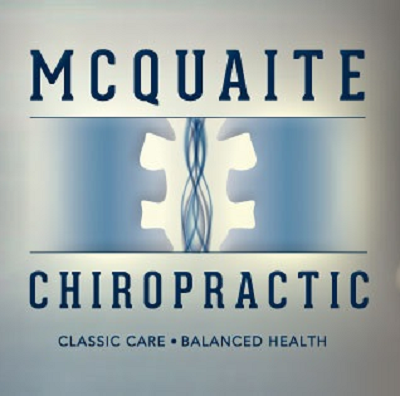
Photo by Danilo Ćalić on Unsplash
If you’re looking for a drug-free, effective treatment for sciatica or a herniated disc, chiropractic care may be able to help you.
Often these two conditions go hand in hand. First, there’s a herniated disc and then sciatica.
That’s not always the case, but it is common.
You probably want to know the difference between sciatica and a herniated disc and your options for finding safe pain relief.
Let’s start with the difference between the two.
What’s the Difference Between Sciatica and a Herniated Disc?
There are many different terms for lower back pain. You’ve probably heard of a slipped disc, a herniated disc, a pinched nerve, and sciatica, to name a few. You might wonder what the difference is and how your treatment should vary.
Namely, you do want a doctor’s evaluation to identify the cause of your lower back pain. This will likely include a physical exam to test your movement, muscle strength, and reflexes. Additionally, the doctor will probably press on parts of your back to identify the source of pain.
From there, you can map out a treatment plan. Chiropractic care can be part of your treatment plan.
First, a herniated disc can occur suddenly. Imagine picking up something heavy and feeling a shooting pain across your back. That could be a herniated disc. The good news is that with bed rest it’ll probably heal on its own.
However, it can lead to sciatica pain.
Here’s a quick breakdown. You know bones, tendons, nerves, ligaments, and discs make up your spinal column. In fact, there are 23 discs. Those discs act as shock absorbers between the spinal bones protecting them. However, those same discs start to flatten as you get older. They offer less cushion. It’s kind of like a mattress that flattens over the years.
When a disc is pressured — like when you pick up something heavy — it can crack. That’s what’s meant by a herniated disc.
Sciatica, on the other hand, relates to your sciatic nerve. The sciatic nerve is the longest nerve in your body, and it runs from the base of your skull to your feet. When a disc flattens or cracks, it can press against the sciatic nerve.
Then, you’re likely to feel pain in your buttock and radiate down your leg. Now, you don’t have to have a herniated disc to experience sciatic pain, but it is a common cause.
A medical evaluation should help find the cause.
How Do You Treat Sciatica and a Herniated Disc?
Obviously, the treatment plan will vary from person to person. One’s medical history and the amount of pain they’re in will dictate the level of treatment.
Some will find success with lifestyle changes like adding yoga and massage treatments, while others may find themselves considering surgery. You probably know someone with debilitating pain that impacts their quality of life. Hopefully, they can find relief.
Considering the gamut of possible health conditions and circumstances vary widely, you may find yourself consulting “Dr. Google” as well as friends and family.
There’s nothing wrong with any of those, but it’s also good to consult a qualified chiropractor.
Chiropractic care is a safe and non-invasive form of pain relief. It can also be more cost-effective, and many chiropractors take insurance.
What to Expect From Your First Chiropractic Treatment
At McQuaite Chiropractic in Doylestown, Pa., Dr. Jeff McQuaite meets with you about your medical history and conducts an x-ray to see the state of your internal body.
Those x-rays can show disc problems and other areas where you may feel pain. From there, he’ll recommend a treatment plan of several visits. He may also recommend diet and exercise changes and other modalities such as massage therapy.
How Long Does a Chiropractic Treatment Take?
Most chiropractic treatments are quick. It only takes a few minutes, for your chiropractor can ask you a few questions and make your adjustments. In most cases, you can figure on a 10-15 minute window.
In summary, chiropractic care can often help with sciatica and herniated disc pain. At McQuaite Chiropractic in Doylestown, Pa, we offer non-surgical, non-invasive chiropractic treatments to improve your mobility and reduce pain. Are you ready to feel your best?


